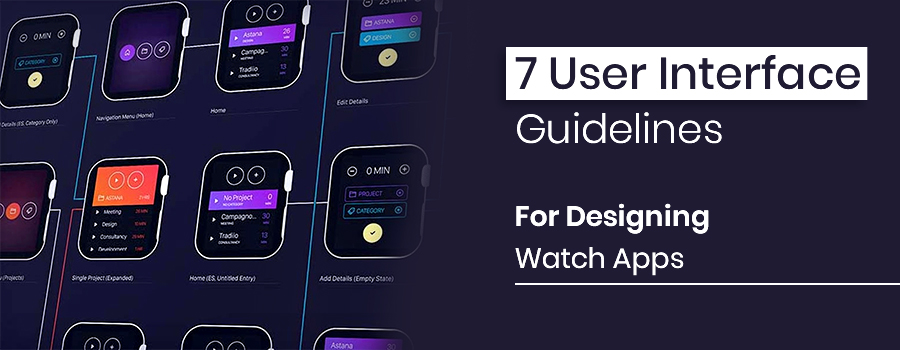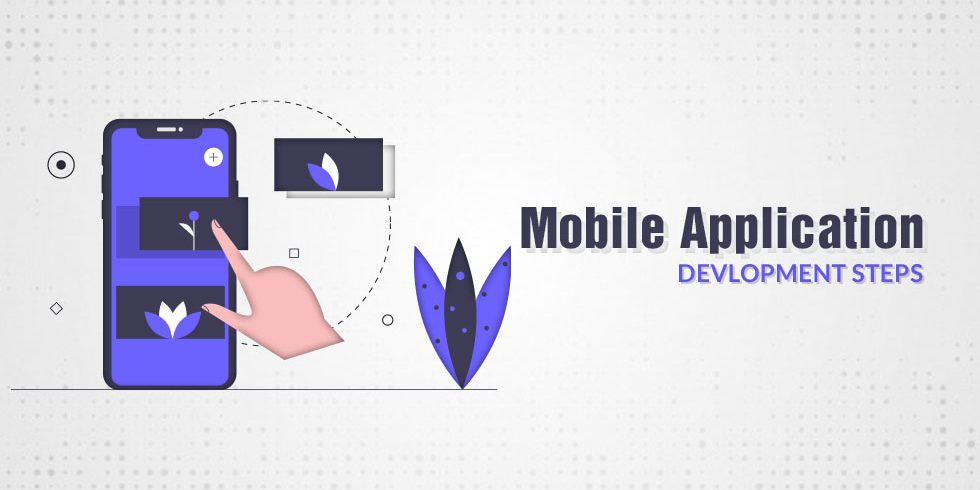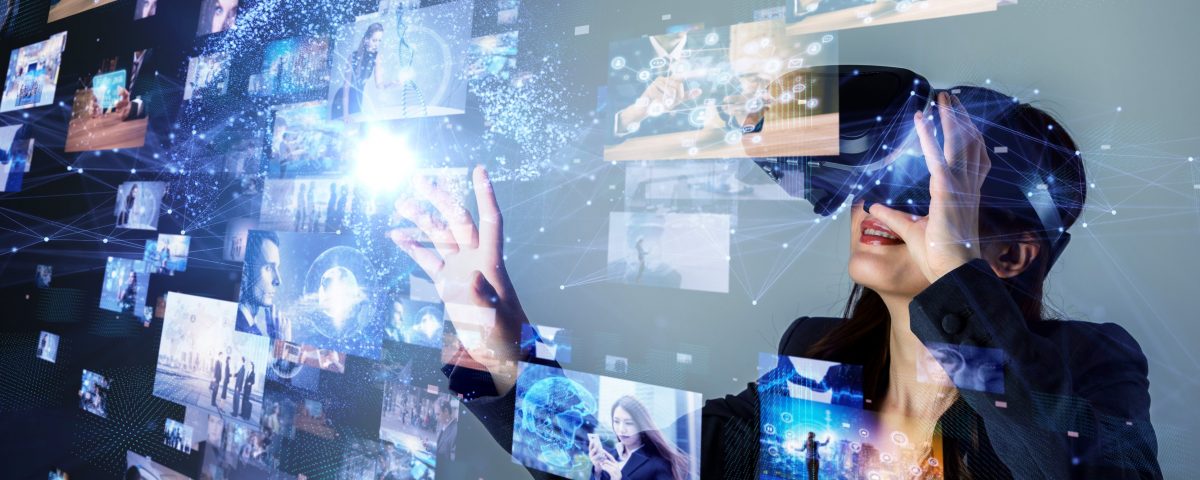
7 User Interface Guidelines For Designing Watch Apps
24th December 2020
Step by Step Guide for Mobile App Development Process
1st January 2021What is Virtual Reality?
Virtual Reality (VR) is the use of computer technology to create a simulated environment. Unlike traditional user interfaces, VR places the user inside an experience. Instead of viewing a screen in front of them, users are immersed and able to interact with 3D worlds. By simulating as many senses as possible, such as vision, hearing, touch, even smell, the computer is transformed into a gatekeeper to this artificial world. The only limits to near-real VR experiences are the availability of content and cheap computing power.
What’s the difference Between Virtual Reality and Augmented Reality?
Virtual Reality and Augmented Reality are two sides of the same coin. You could think of Augmented Reality as VR with one foot in the real world: Augmented Reality simulates artificial objects in the real environment; Virtual Reality creates an artificial environment to inhabit.
In Augmented Reality, the computer uses sensors and algorithms to determine the position and orientation of a camera. AR technology then renders the 3D graphics as they would appear from the viewpoint of the camera, superimposing the computer-generated images over a user’s view of the real world.
In Virtual Reality, the computer uses similar sensors and math. However, rather than locating a real camera within a physical environment, the position of the user’s eyes are located within the simulated environment. If the user’s head turns, the graphics react accordingly. Rather than compositing virtual objects and a real scene, VR technology creates a convincing, interactive world for the user.
Virtual Reality technology
Virtual Reality’s most immediately-recognizable component is the head-mounted display (HMD). Human beings are visual creatures, and display technology is often the single biggest difference between immersive Virtual Reality systems and traditional user interfaces. For instance, CAVE automatic virtual environments actively display virtual content onto room-sized screens. While they are fun for people in universities and big labs, consumer and industrial wearables are the wild west.
With a multiplicity of emerging hardware and software options, the future of wearables is unfolding but yet unknown. Concepts such as the HTC Vive Pro Eye, Oculus Quest and Playstation VR are leading the way, but there are also players like Google, Apple, Samsung, Lenovo and others who may surprise the industry with new levels of immersion and usability. Whomever comes out ahead, the simplicity of buying a helmet-sized device that can work in a living-room, office, or factory floor has made HMDs center stage when it comes to Virtual Reality technologies.
Virtual Reality and the importance of audio
Convincing Virtual Reality applications require more than just graphics. Both hearing and vision are central to a person’s sense of space. In fact, human beings react more quickly to audio cues than to visual cues. In order to create truly immersive Virtual Reality experiences, accurate environmental sounds and spatial characteristics are a must. These lend a powerful sense of presence to a virtual world. To experience the binaural audio details that go into a Virtual Reality experience, put on some headphones and tinker with this audio infographic published by The Verge.
https://www.youtube.com/embed/2Gpl99s02Aw
While audio-visual information is most easily replicated in Virtual Reality, active research and development efforts are still being conducted into the other senses. Tactile inputs such as omnidirectional treadmills allow users to feel as though they’re actually walking through a simulation, rather than sitting in a chair or on a couch. Haptic technologies, also known as kinesthetic or touch feedback tech, have progressed from simple spinning-weight “rumble” motors to futuristic ultrasound technology. It is now possible to hear and feel true-to-life sensations along with visual VR experiences.





